Dive Brief:
- The U.S. Supreme Court on Thursday ruled that plaintiffs filing claims that involve the Employee Retirement Income Security Act’s prohibited transactions provision need only plausibly allege the elements contained in the provision itself, not additionally that the transaction was “unnecessary or involved unreasonable compensation.”
- Representing a unanimous court, Justice Sotomayor found that the extra requirement applied by the 2nd U.S. Circuit Court of Appeals came from an exemptions section of ERISA laid out by Congress as “affirmative defenses,” or arguments a defendant may use to counter a claim. The plaintiff is only responsible for alleging violation of the provision itself at the pleading stage, she said.
- Justice Alito, along with Justices Thomas and Kavanaugh, authored a concurring opinion, in which they agreed with the affirmative defense interpretation but acknowledged practical issues for defendants given the decision.
Dive Insight:
The plaintiffs in Cunningham v. Cornell University were a group of current and former Cornell University employees who participated in two defined-contribution retirement plans from 2010 to 2016. In 2017, they sued the university, along with other plan fiduciaries, for allegedly engaging in prohibited transactions for recordkeeping services with the Teachers Insurance and Annuity Association of America-College Retirement Equities Fund (TIAA) and Fidelity Investments Inc.
The workers alleged that TIAA and Fidelity were service providers and therefore parties of interest, qualifying their services as prohibited transactions. They also alleged the providers were paid “substantially more than reasonable recordkeeping fees.”
The 2nd Circuit found that if read in isolation, the provision “would appear to prohibit payments by a plan to any entity providing it with any services,” which it said would produce “absurd results.” It therefore applied additional pleading requirements and dismissed the workers’ case.
The employees requested SCOTUS’ review of the 2nd Circuit’s decision in March 2024, noting that the 8th and 9th Circuits did not lay out such requirements.
In their concurring opinion, Justices Alito, Thomas and Kavanaugh addressed the potential issues with the decision for employers. The administrator of an ERISA plan “will almost always find it necessary to employ outside firms to provide services that the plan needs,” they acknowledged, making those firms parties of interest. Under ERISA, their provision of services then becomes illegal unless an exemption applies, they said, allowing them to survive summary judgment.
“Getting by a motion to dismiss is often the whole ball game because of the cost of discovery,” the justices wrote. “Defendants facing those costs often calculate that it is efficient to settle a case even though they are convinced that they would win if the litigation continued.”
To get by this, a court “may insist that a plaintiff file a reply to an answer that raises one of the […] exemptions as an affirmative defense,” the justices suggested. “It does not appear that this is a commonly used procedure, but the Court has endorsed its use in the past.”
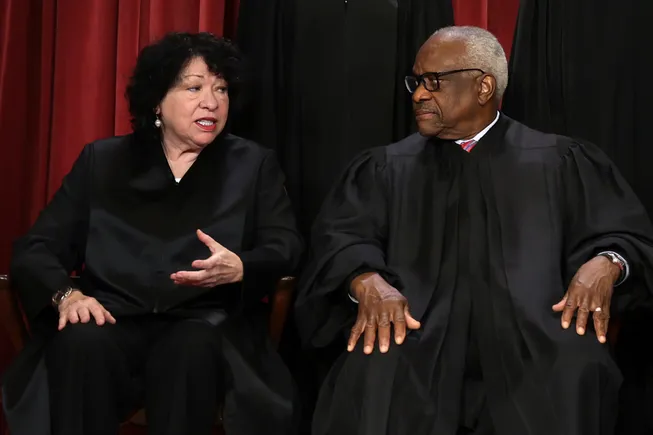
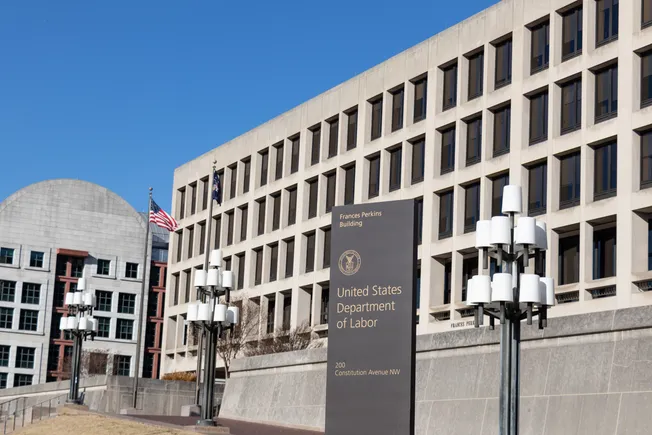
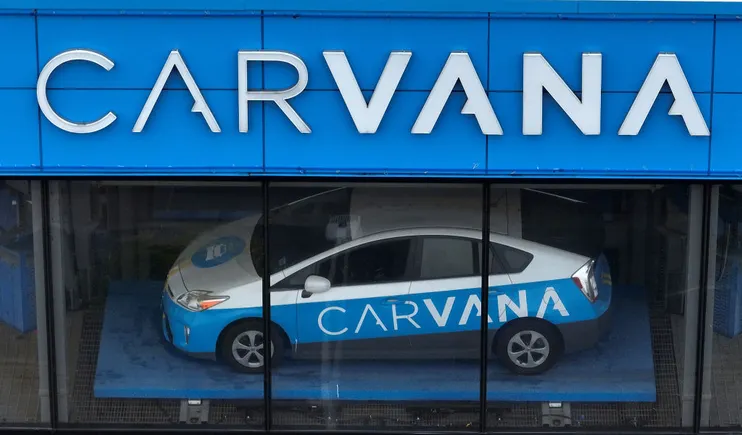
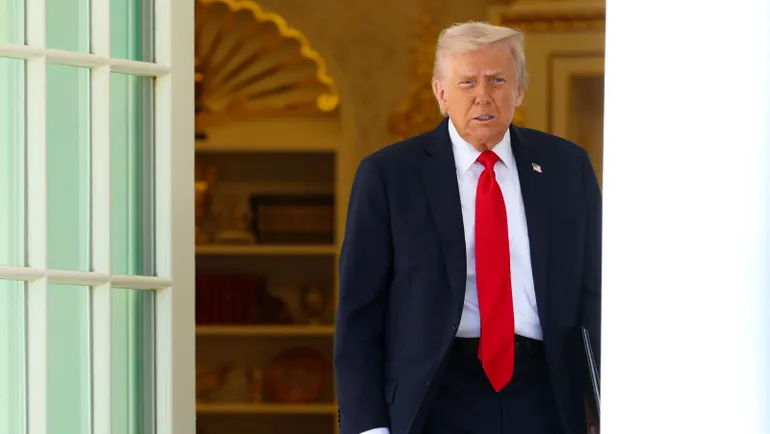
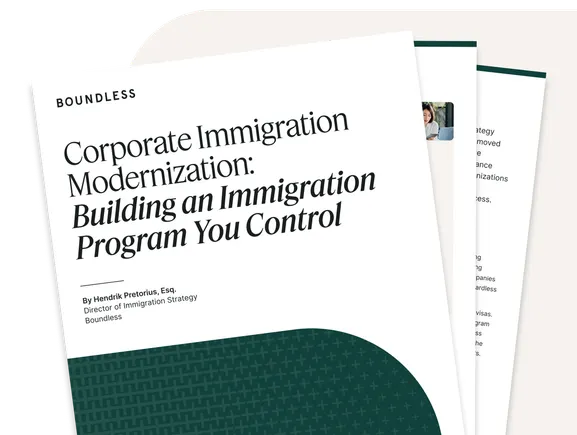
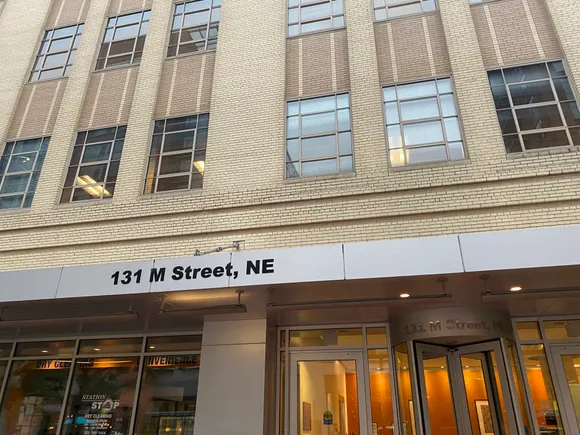
Leave a Reply